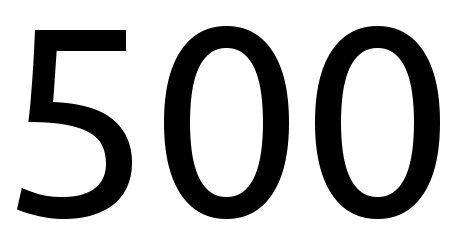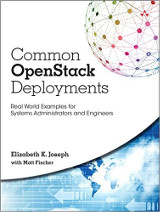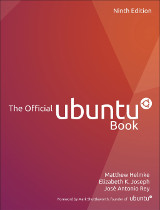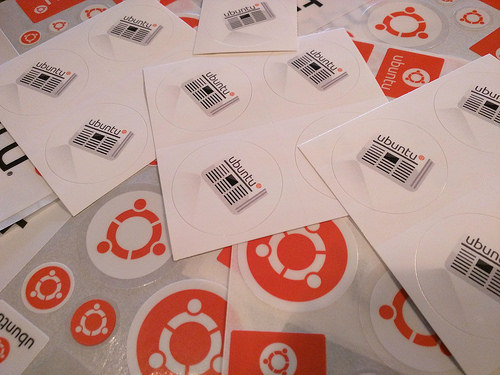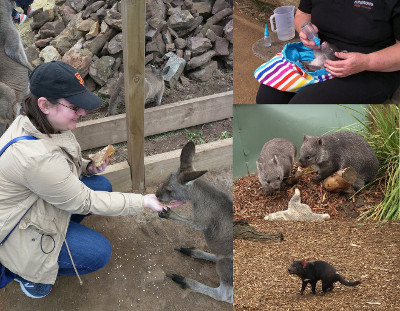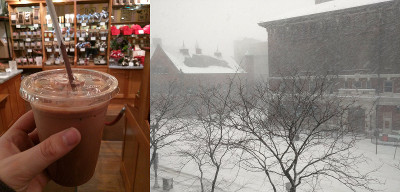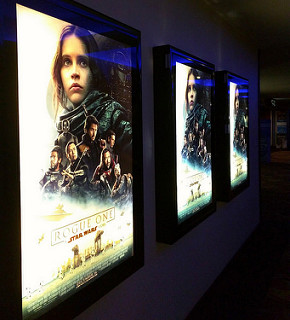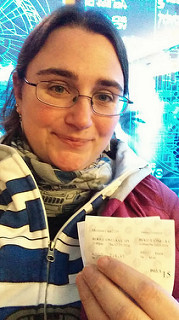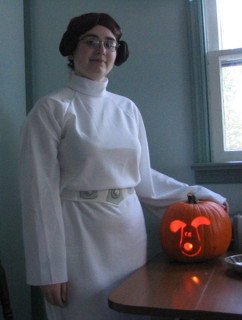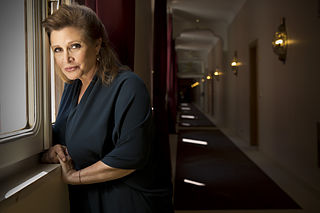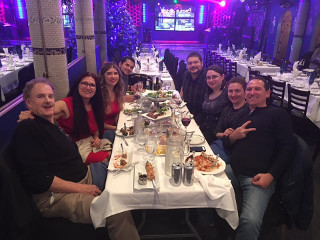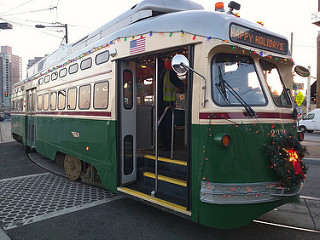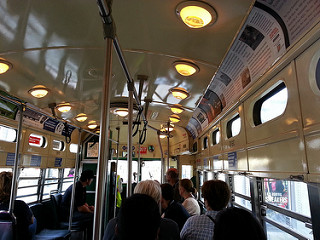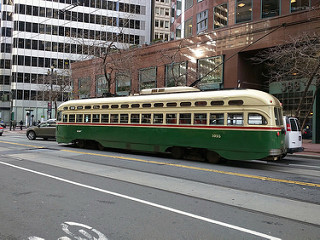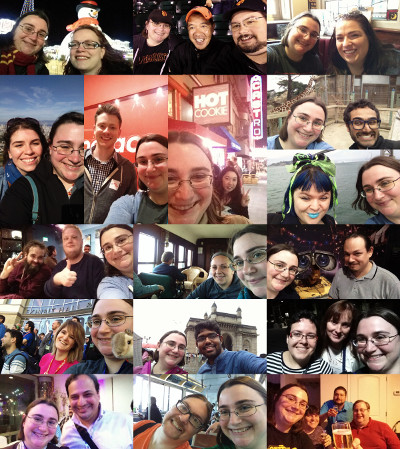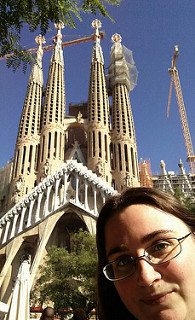Earlier this month I attended my first event while working as a DC/OS Developer Advocate over at Mesosphere. My talk on Listening to the needs of your global open source community was accepted before I joined the company, but this kind of listening is precisely what I need to be doing in this new role, so it fit nicely.
Work also gave me some goodies to bring along! So I was able to hand some out as I chatted with people about my new role, and left piles of stickers and squishy darts on the swag table throughout the week.
The topic of the conference this year was the future of open source. It led to an interesting series of keynotes, ranging from the hopeful and world-changing words from Pia Waugh about how technologists could really make a difference in her talk, Choose Your Own Adventure, Please!, to the Keeping Linux Great talk by Robert M. “r0ml” Lefkowitz that ended up imploring the audience to examine their values around the traditional open source model.
Pia’s keynote was a lot of fun, walking us through human history to demonstrate that our values, tools and assumptions are entirely of our own making, and able to be changed (indeed, they have!). She asked us to continually challenge our assumptions about the world around us and what we could change. She encouraged thinking beyond our own spaces, like how 3D printers could solve scarcity problems in developing nations or what faster travel would do to transform the world. As a room of open source enthusiasts who make small changes to change the world all the day, being the creators and innovators of the world, there’s always more we can do and strive for, curing the illness rather than scratching the itch for systematic change. I really loved the positive message of this talk, I think a lot of attendees walked out feeling empowered and hopeful. Plus, she had a brilliant human change.log, that demonstrated how we as humans have made some significant changes in our assumptions through the millennia.
 Pia Waugh’s human change.log
Pia Waugh’s human change.logThe keynote by Dan Callahan on Wednesday morning on Designing for Failure explored the failure of Mozilla’s Persona project, and key things he learned from it. He walked through some key lessons:
- Free licenses are not enough, your code can’t be tied to proprietary infrastructure
- Bits rot more quickly online, an out of date desktop application is usually at much lower risk, and endangers fewer people, than a service running on the web
- Complexity limits agency, people need to be able to have the resources, system and time to try out and run your software
He went on to give tips about what to do to prolong project life, including making sure you have metrics and are measuring the right things for your project, explicitly defining your scope so the team doesn’t get spread too thin or try to solve the wrong problems, and ruthlessly opposing complexity, since that makes it harder to maintain and for others to get involved.
Finally, he had some excellent points for how to assist the survival of your users when a project does finally fail:
- If you know your project is dead (funding pulled, etc), say so, don’t draw things out
- Make sure your users can recover without your involvement (have a way to extract data, give them an escape path infrastructure-wise)
- Use standard data formats to minimize the migration harm when organizations have to move on
It was really great hearing lessons from this, I know how painful it is to see a project you’ve put a lot of work into die, the ability to not only move on in a healthy way but bring those lessons to a whole community during a keynote like this was commendable.
Thursday’s keynote by Nadia Eghbal was an interesting one that I haven’t seen a lot of public discussion around, Consider the Maintainer. In it she talked about the work that goes into being a maintainer of a project, which she defined as someone who is doing the work of keeping a project going: looking at the contributions coming in, actively responding to bug reports and handling any other interactions. This is a discussion that came up from time to time on some projects I’ve recently worked on where we were striving to prevent scope creep. How can we manage the needs of our maintainers who are sticking around, with the desire for new contributors to add features that benefit them? It’s a very important question that I was thrilled to see her talk about. To help address this, she proposed a twist on the The Four Essential Freedoms of Software as defined by the FSF, The Four Freedoms of Open Source Producers. They were:
- The freedom to decide who participates in your community
- The freedom to say no to contributions or requests
- The freedom to define the priorities and policies of the project
- The freedom to step down or move on from a project, temporarily or permanently
The speaker dinner was beautiful and delicious, taking us up to Frogmore Creek Winery. There was a radio telescope in the background and the sunset over the vineyard was breathtaking. Plus, great company.
Other talks I went to trended toward fun and community-focused. On Monday there was a WOOTConf, the entire playlist from the event is here. I caught a nice handful of talks, starting with Human-driven development where aurynn shaw spoke about some of the toxic behaviors in our technical spaces, primarily about how everyone is expected to know everything and that asking questions is not always acceptable. She implored us to work to make asking questions easier and more accepted, and working toward asking your team questions about what they need.
I learned about a couple websites in a talk by Kate Andrews on Seeing the big picture – using open source images, TinEye Reverse Image Search to help finding the source of an image to give credit, and sites like Unsplash where you can find freely licensed photos, in addition to various creative commons searches. Brenda Wallace’s Let’s put wifi in everything was a lot of fun, as she walked through various pieces of inexpensive hardware and open source tooling to build sensors to automate all kinds of little things around the house. I also enjoyed the talk by Kris Howard, Knit One, Compute One where very strong comparisons were made between computer programming and knitting patterns, and a talk by Grace Nolan on Condensed History of Lock Picking.
For my part, I gave a talk on Listening to the Needs of Your Global Open Source Community. This is similar to the talk I gave at FOSSCON back in August, where I walked through experiences I had in Ubuntu and OpenStack projects, along with in person LUGs and meetups. I had some great questions at the end, and I was excited to learn VM Brasseur was tweeting throughout and created a storify about it! The slides from the talk are available as a PDF here.
 Thanks to VM Brasseur for the photo during my talk, source
Thanks to VM Brasseur for the photo during my talk, sourceThe day concluded with Rikki Endsley’s Mamas Don’t Let Your Babies Grow Up to Be Rock Star Developers, which I really loved. She talked about the tendency to put “rock star” in job descriptions for developers, but when going through the traits of rock stars these weren’t actually what you want on your team. The call was for more Willie Nelson developers, and we were treated to a quick biography of Willie Nelson. In it she explained how he helped others, was always learning new skills, made himself available to his fans, and would innovate and lead. I also enjoyed that he actively worked to collaborate with a diverse mix of people and groups.

As the conference continued, I learned about the the great work that Whare Hauora from Brenda Wallace and Amber Craig, and heard from Josh Simmons about building communities outside of major metropolitan areas where he advocated for multidisciplinary meetups. Allison Randal spoke about the ways that open source accelerates innovation and Karen Sandler dove into what happens to our software when we die in a presentation punctuated by pictures of baby Tasmanian Devils to cheer us up. I also heard Chris Lamb gave us the status of the Reproducible Builds projects and then from Hamish Coleman on the work he’s done replacing ThinkPad keyboards and backwards engineering the tooling.
The final day wound down with a talk by VM (Vicky) Brasseur on working inside a company to support open source projects, where she talked about types of communities, the importance of having a solid open source plans and quickly covered some of the most common pitfalls within companies.
This conference remains one of my favorite open source conferences in the world, and I’m very glad I was able to attend again. It’s great meeting up with all my Australian and New Zealand open source colleagues, along with some of the usual suspects who attend many of the same conferences I do. Huge thanks for the organizers for making it such a great conference.
All the videos from the conference were uploaded very quickly to YouTube and are available here: https://www.youtube.com/user/linuxconfau2017/videos
More photos from the conference at https://www.flickr.com/photos/pleia2/sets/72157679331149816/
